Caviar: what exactly is it, and where does it originate comes from? The name caviar originates from the Persian word caviar, which may be translated as “the one who brings the eggs.” Beluga, Osetra, and Sefruga sturgeon are the species most often used to collect traditional caviar, which is made from the roe of wild Caspian and Black Sea sturgeon and has been traditionally referred to as “black gold.” In several nations, the term “caviar” may refer to not just many types of sturgeon but also a variety of other fish, including salmon, trout, rainbow trout, carp, and whitefish. According to the Food and Drug Administration of the United States, however, the sole source of authentic caviar is the sturgeon. The aristocratic Greeks of Byzantium were huge fans of caviar, and they began engaging in commerce with Russia as early as the ninth century. The most costly form of caviar is osetra caviar, followed by beluga caviar, which originates from the Caspian Sea. Because of its widespread use, there has been a precipitous drop in the number of wild populations. To save the critically endangered beluga sturgeon, the United States Fish and Wildlife Service put a restriction on the import of beluga caviar from the Caspian and Black Seas in the year 2005.

As a result, Russia stopped producing wild caviar in 2008 and again in 2011 to increase its supply of wild caviar. In recent years, there has been a significant rise in the amount of “sustainable” caviar that is produced on aquaculture farms.
caviar is what
What Is Caviar? Learn All About Caviar, Where It Comes From, and How to Serve It Caviar is roe, which is another term for fertilized fish eggs. This is an appetizing dish that is best served cold. The finest caviar derives from wild sturgeon, which are members of the Sturgeon family. Although the Caspian and Black Seas have historically generated the bulk of the world’s caviar, farm-produced caviar has lately acquired popularity as a result of the overfishing of wild sturgeon populations. How is the highly prized caviar acquired? When the females are ready to spawn, the caviar of the highest quality is produced from their eggs, which are subsequently harvested. Sturgeons may be caught in the wild when they migrate from saltwater to freshwater streams to reproduce.

At the aquaculture facility, ultrasound tests will be performed on the sturgeon to determine when it is appropriate to harvest their eggs. Sturgeons are capable of laying millions of eggs simultaneously, however, the actual amount depends on the fish’s size. What distinctive characteristics does caviar possess? From its look to its taste, each kind of caviar has distinct qualities. For instance, beluga caviar has a buttery texture, a nutty taste, and a similar flavor profile to hazelnut. Caviar eggs may be entirely black or have a greenish-brown color, but they are always very shiny. The characteristic “Caspian pop” of true caviar comes when the egg breaks apart in the mouth. Based on characteristics like size, color, hardness, taste, and aroma, two main categories of caviar are distinguished. The level one egg is the most potent and most prevalent The quality of Level 2 is somewhat inferior to that of Level 1.

where does caviar come from
Where Does the Best Caviar Come From? The greatest caviar originates from the Caspian Sea region, which is home to the Beluga, Osetra, and Sevruga sturgeon. Russia and Iran have controlled the caviar business for centuries, producing the finest quality and most in-demand caviar in the world. China has lately become a major caviar exporter Almost all 27 sturgeon species may be harvested for their eggs, although beluga, sevruga, and osetra have long dominated the caviar market.
- Caviar from Beluga. The most famous caviar comes from belugas, which are gigantic ancient fish that can grow up to 15 feet long and weigh over 3,000 pounds. It is a Caspian Sea native and has boundaries with Russia, Azerbaijan, Iran, Kazakhstan, and Turkmenistan. The caviar is flavorful, has no fishy odor, and ranges in color from pearl gray to extremely dark, giving it the moniker “black caviar.”
- Caviar from Kaluga. Kaluga caviar tastes extremely similar to Beluga caviar since it is a huge freshwater sturgeon. Kaluga eggs are silky and have a slightly salty butter flavor.
- Caviar from Ossetra. Osetra sturgeon roe is brown to golden in color and significantly smaller than Beluga caviar. The more costly the Osetra caviar, the lighter the eggs and the older the fish. It has a natural salty sea flavor.
- Caviar from Severuga. This caviar is made from the eggs of three Caspian Sea sturgeon species: sevruga, sterlet, and Siberian sturgeon. The eggs are tiny and brown, and they are one of the most popular forms of caviar, having a characteristic buttery taste.
- Caviar from America. The United States was a significant producer of caviar in the nineteenth century. American caviar is making a comeback. It’s made from lake sturgeon, wild Atlantic sturgeon, and white sturgeon.

best caviar
The best Caviar Types Caviar is one of the most delicious foods in the world, and its rich taste and texture appeal to even the most sophisticated gourmet. Beluga Caviar is the clear champion when it comes to the best caviar in the world. Huso Huso caviar, which floats in the pristine waters of the Caspian Sea, is often regarded as the best and tastiest caviar. Large, light-brown pearls give Beluga caviar a buttery taste and a pleasingly solid texture, which connoisseurs appreciate. Unfortunately, overfishing has made it impossible to import beluga sturgeon or beluga caviar to the United States. There are several alternatives to consider if you’re seeking the best caviar available right now. Aspects of Perfect Caviar Various things separate the best caviar when purchasing it. Caviar of superior grade is mildly cured and cooked in the traditional “malosol” manner. Caviar should not have a strong or overwhelming “fishy odor.” In contrast, the caviar of superior quality has an enticingly faint oceanic flavor. The eggs of caviar should be distinctively round and solid, with a lustrous look. They should burst in the mouth and leave a buttery, nutty aftertaste on the tongue. Never use artificial dyes to color caviar.

Variety of caviar There are several excellent alternatives to illegal beluga caviar that should be considered. Top candidates include Russian Ostra caviar, Kaluga caviar, and shortfin caviar with its unexpectedly low price. Russian Ostra Caviar Russian Ostra caviar is now the best caviar available for purchase, second only to Beluga caviar. Russian Ostra Caviar is collected from Caspian Sea-native Acipenser gueldenstadi sturgeon. It consists of hard, medium-sized spheres ranging in hue from pearlescent gray to dark brown. Its rich, juicy, salty taste has earned it a global appeal in the culinary industry. There are several kinds of Russian Ostra caviar available. Golden Imperial Russian Osetra Caviar is the caviar of choice for gourmets with the highest standards. Large, exquisite, golden spheres with a buttery taste and a creamy consistency. This is the most costly Ostra caviar from Russia. Other variations include Crown Russian Ostra Caviar and the cheapest Russian Ostra Caviar, Classic Russian Ostra Caviar. Kaluga Caviar The flavor of the best Kaluga caviar is startlingly comparable to that of the finest Beluga caviar. Enthusiasts refer to Kaluga caviar as “Beluga River.”

It has a silky, buttery texture and a pleasingly firm, tongue-pleasing mouthfeel. The sturgeon species Huso Mauritius and Acipenser shrink from China’s “Hubei Province” were used to produce the hybrid Kaluga.
caviar dish
Can you describe the kind of dish that caviar is? Using caviar in cooking is comparable to announcing something to the world. In the same way that it is consumed due to its look, it is also consumed due to its flavor.
- Utilizing a spoon Caviar is typically served one spoonful at a time by tradition. Once the caviar has been chilled in the refrigerator, it should be served on a bed of ice. It is traditionally consumed with a bone or mother-of-pearl spoon since it is believed that using a metal spoon would alter the flavor of the dish. It is advisable to consume a little bit of caviar at a time to maximize its benefits.
- The appetizer will be served before the main entrée. Caviar is often served as a dish before the main entrée. It is often used as a topping for dishes with a mild flavor, such as butter toast spots. In addition to crepes, Russian pancakes, and sour cream rolls, caviar may be found in several other dishes.
- Make it more. When caviar is combined with other meals, the result is almost usually a basic mixture; as a result, the taste and texture of the egg remain the dominant focus of each mouthful. A little amount of whipped cream is added to the production of caviar to give it a smoother consistency.
Many caviar lovers feel the ideal method to eat caviar is with a delicate spoon. This may not be the ideal method to serve caviar to party attendees. Often, caviar needs a carrier. Caviar is salty, so don’t salt it. You want the caviar to be the headliner, therefore it shouldn’t be flavorful On toast, crepes, or crackers, a half-teaspoon of caviar is typical.

how is caviar made
how is Caviar cultivation popular because of overfishing? Aquaculture produces caviar-quality sturgeon. Day and night, kids require protein pellets. Growing fish eat less. The growing tank is made constantly monitored to ensure optimal fish growth and includes microorganisms to remove harmful substances. After a few months, fish moved to larger aquariums. Continuously moving water oxidizes and eliminates fish CO2. Remove solids from tank water. Filtered bacteria in plastic sheets are fed molasses. 7-10-year-old fish reproduce. Sturgeon eggs make up around 15-18% of their weight. 1 m fish. Visually, a fish’s gender isn’t evident. Fish sex and egg development need a high-frequency ultrasound. Using several methods, calm the fish. Low electrical current, carbon dioxide, and sedatives are utilized. Once anesthetized, fish ovaries and egg production were measured using high-frequency ultrasonography. A biopsy checks egg color and size. Unpredictable roe color. One in 1,000 Osetra sturgeons are golden “Royal” caviar. When ready, sturgeon produce thousands of eggs. 10-20% of 7-year-old fish may be taken. Unready fish grow another year.

Here, fresh caviar and farmed caviar processing overlap. Stripping removes caviar from fish ovaries through tiny wounds. The female can continue producing roe after caviar is extracted via cesarean section and sutured. Massage roe. The eggs are chilled and filtered by hand. Composting tissue. Cold water rinses broken eggs, contaminants, and membrane residue. Tweeze smashed eggs and contaminants. Then drain the clean eggs. Caviar is salted once weighed. Using fine salt improves caviar’s taste and shelf life. “Malosol” caviar has 5% salt. Good caviar has 3% salt. Caviar with a salt level of up to 8% is called salted caviar or half-cured caviar and has less umami taste. More than 10% salt can preserve “pyusnaya” cake for three months Caviar is chilled for six minutes to several hours to absorb salt, then drained. Dry decanting.
caviar origin
Caviar has a long-standing reputation in most social circles as a delicacy. What is the origin of caviar and the mystery surrounding it? Caviar is essentially the roe (egg, commonly called “berry” or “pearl”) of a female sturgeon, huge migratory hatching in the cold fish that may grow to over 3000 pounds but averages 60 pounds. In the Northern Hemisphere, water has circulated for more than 250 million years. Sturgeon is mostly found in the Caspian Sea, off the shores of Russia and Iran, the world’s two major caviar producers, but is also present in the Black Sea, the North Pacific Northwest, and areas of the South Atlantic.

Common throughout America and Europe’s big lakes and rivers. Although it is a marine species, it spawns in freshwater. The medieval British rulers preserved all sturgeon for their food and designated them as “royal fish” for exclusive use by the royal family. However, it was the Persians who first cooked and consumed sturgeon roe; the term “caviar” is derived from the Persian word “khav-yar,” which means “cake of strength” The medicinal value of caviar. The Persians gathered fish eggs from the Kura River, but the practice of salting and consuming the roe originated in China, where carp eggs were prepared in this manner. The earliest documented mention of caviar is attributed to the Greek philosopher Aristotle. In the fourth century B.C. and A.D., Aristotle described the meal as sturgeon eggs proclaimed with trumpets and flowers during a feast. However, it was Russia and the Russian emperor who brought caviar to the forefront of the luxury market. The golden roe of the endangered sturgeon creates “royal” caviar, the most exquisite and sought-after kind. Over time, gourmet caviar spread to every country in Europe and is revered by almost every culture.
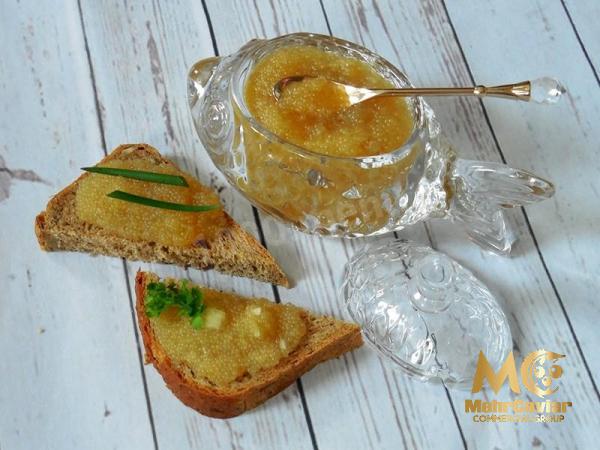
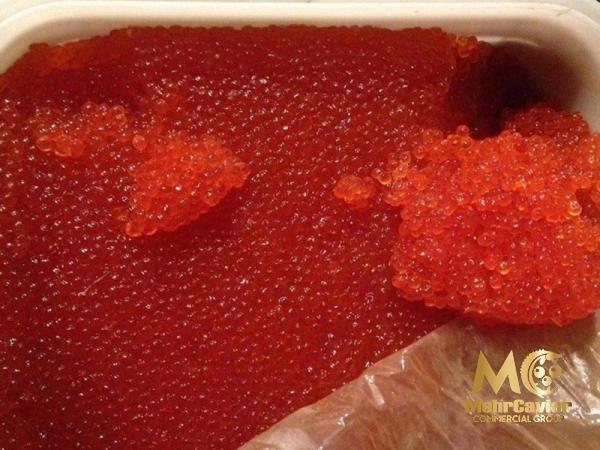
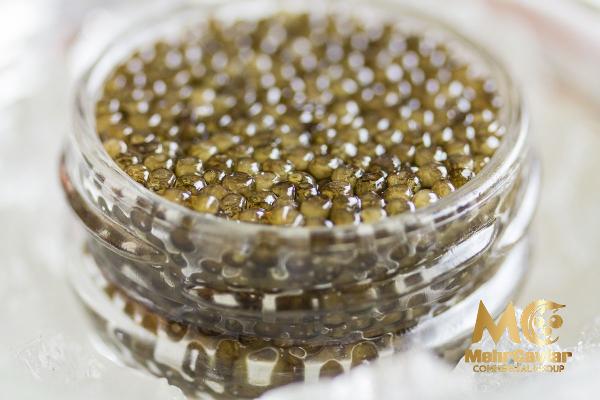

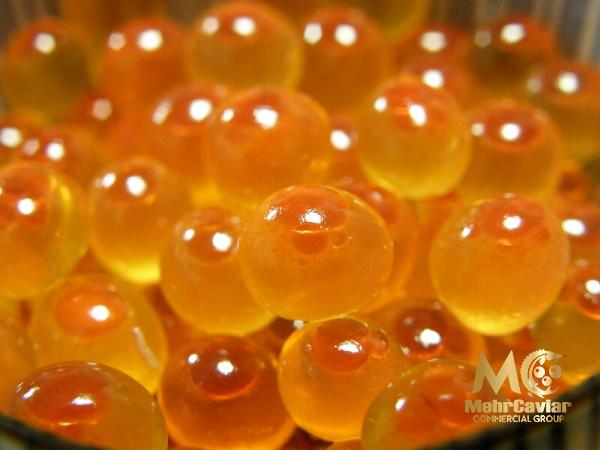


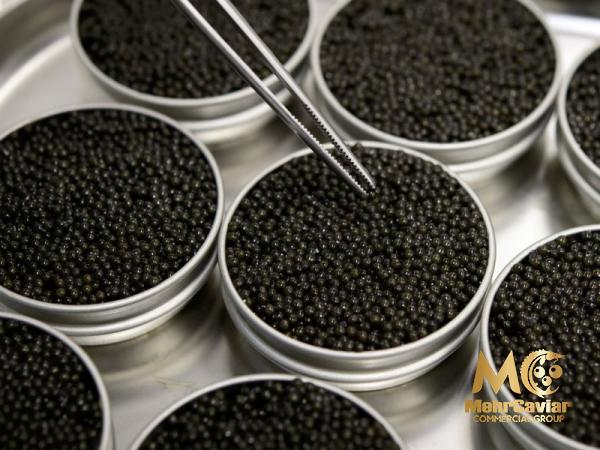
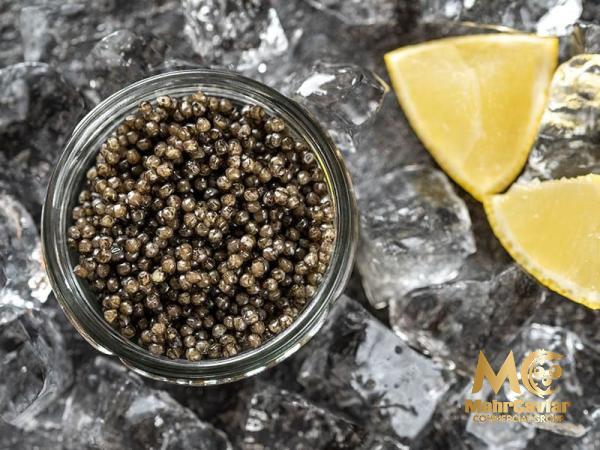
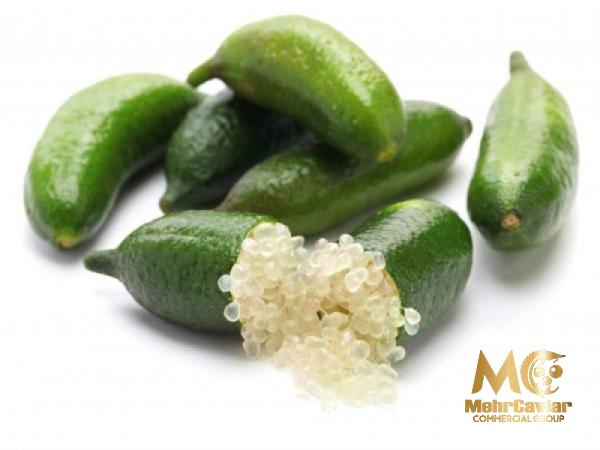
Your comment submitted.